Welcome to the New Year, dear readers! I hope you had a peaceful, restful, enjoyable holiday, which now is finally drawing to a close. As usual, this past season while I took a rest from work, I watched movies. I did not watch, however, one of my childhood favorites, that old Bing Crosby and Danny Kaye chestnut White Christmas. But I thought about it when processing a curious part of MS0528, the Herbert Beazley Ocean Liner Ephemera Collection. That section we named, “Repurposed Ships.” You see, in the film Bing goes on television to ask his old Army buddies to come to Vermont for Christmas, to help out their former commanding officer who now operates a ski lodge. To introduce the idea, Bing croons, “What can you do with a General, when he stops being a General? Oh what can you do with a General who retires?”
Beazley’s liners
Herbert Beazley was all about ocean liners. A small series within his sprawling collection concerns ocean liners that are no longer ships. Many of you will know about one of them, the Queen Mary, now a hotel in Long Beach, California. Since 2018 another former Cunarder, Queen Elizabeth 2, has joined her as a floating hotel in Dubai. Beazley also collected material about the ongoing proposals to repurpose the United States.
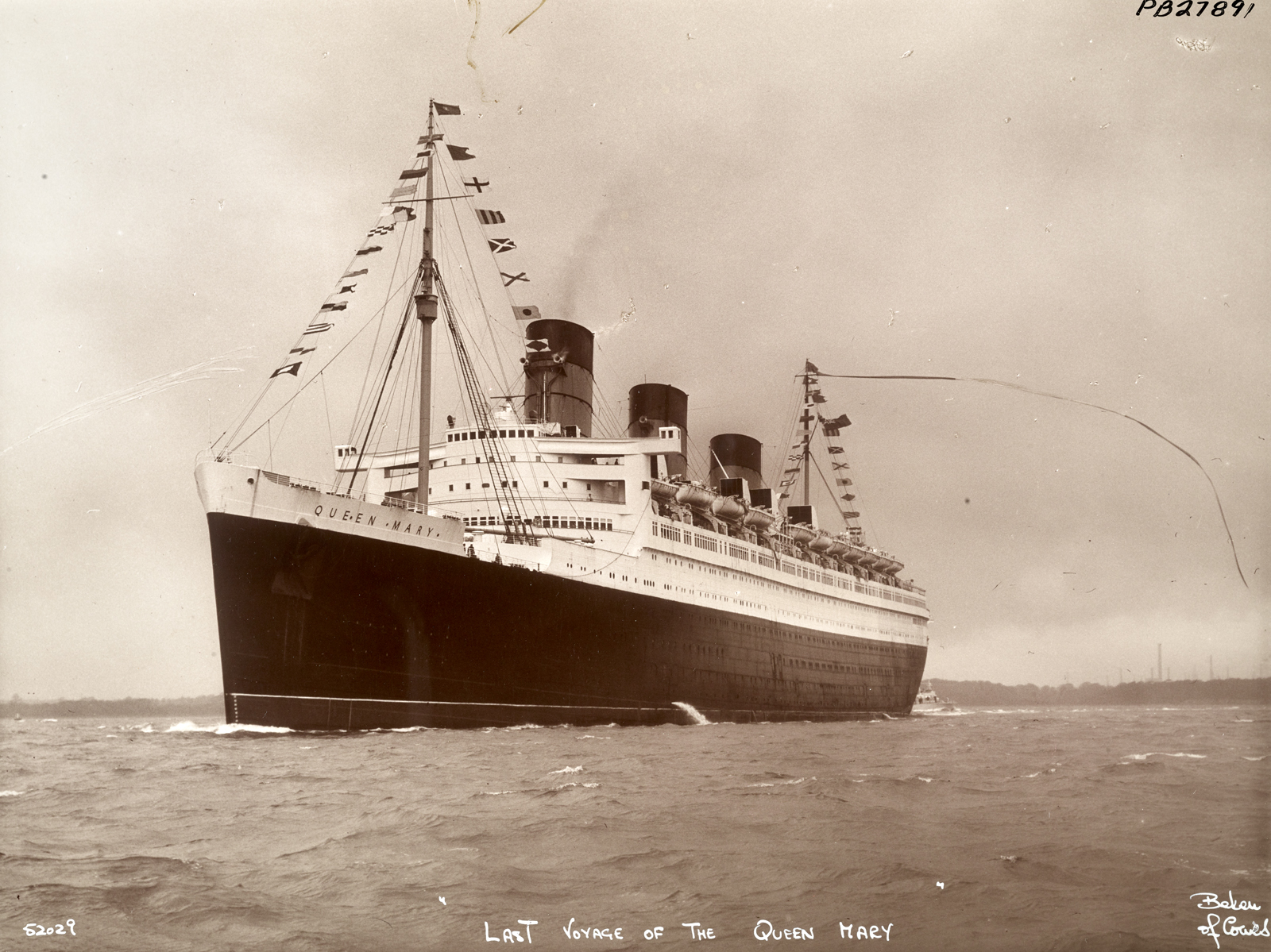
Mr. Beazley also collected on a ship built here in Newport News, the old Grace liner Santa Paula (1958), which Ocean Sun Line bought and renamed Stella Polaris, refitting her as a cruise ship. At the end of her days, the Marriott Group bought her and made her into a hotel and restaurant ship in Kuwait in 1980. An unfortunate victim of the first Gulf War, in 1990 Iraqi forces bombed and burned Stella Polaris. Marriott Hotels later scrapped her at her berth.
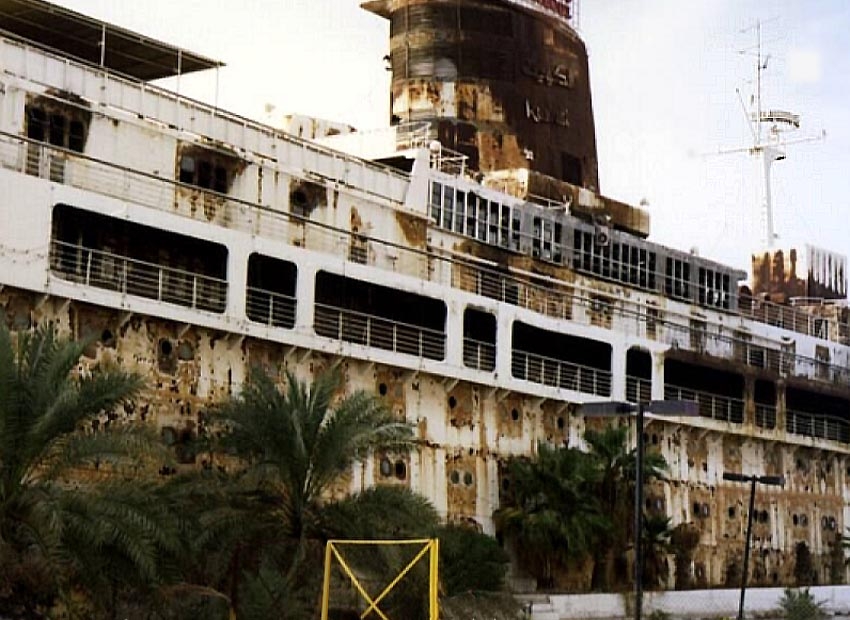
Museums, casinos, restaurants… and office buildings???
The ordinary…
More ships, many more than just ocean liners, get converted to other careers. There are all around the country ships that are museums to themselves: the former carrier Forrestal; the Constitution; multiple battleships; the protected cruiser Olympia, which is an exhibit within a museum, as is the last walking beam side wheeler in the country, the Ticonderoga up on Lake Champlain. Then there is the inspiring story of the former whaler Charles W. Morgan at Mystic Seaport. The Morgan was a ship, then wasn’t a ship but an exhibit buried at her berth. She then became a ship again and sailed around New England watching the very whales she used to kill. But what about ships that aren’t museums?
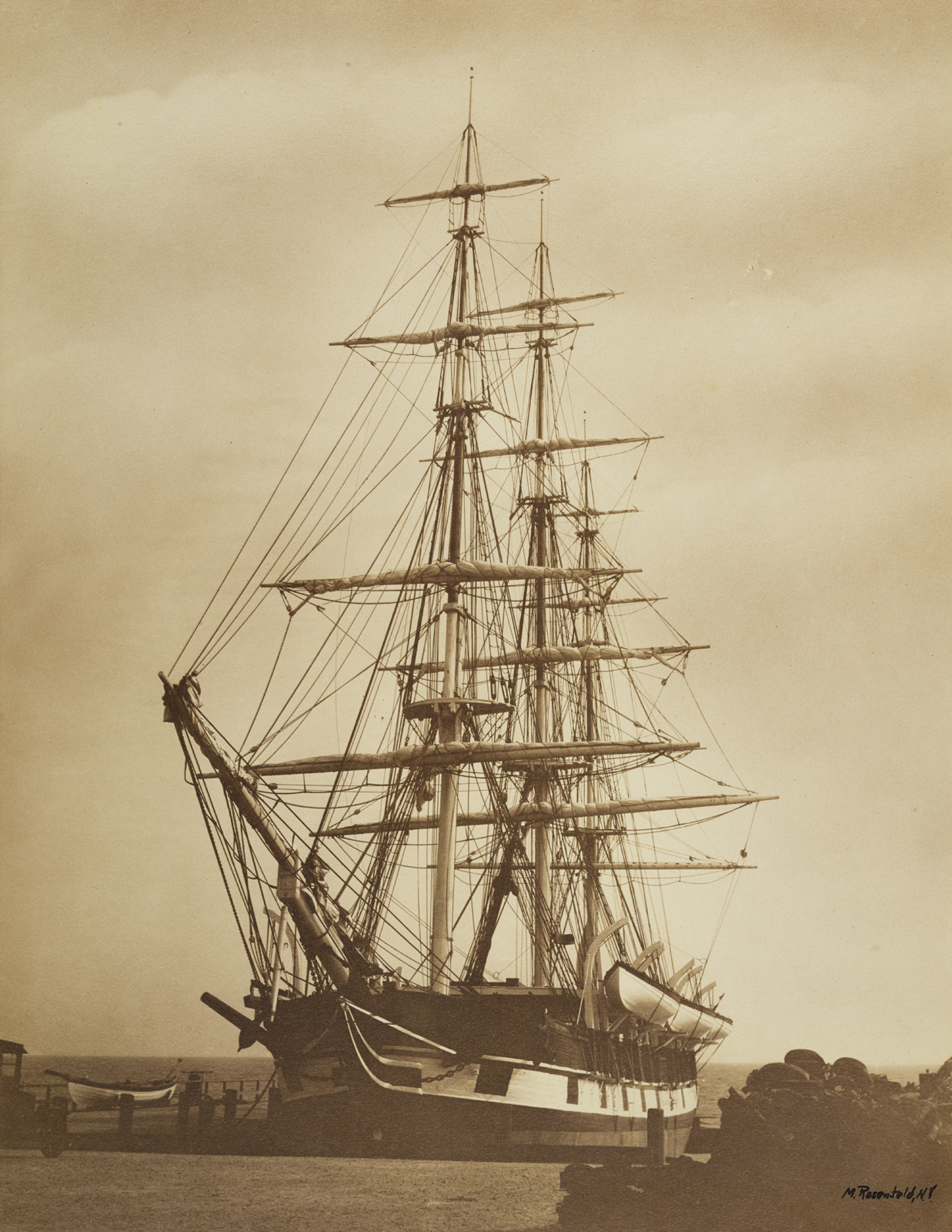
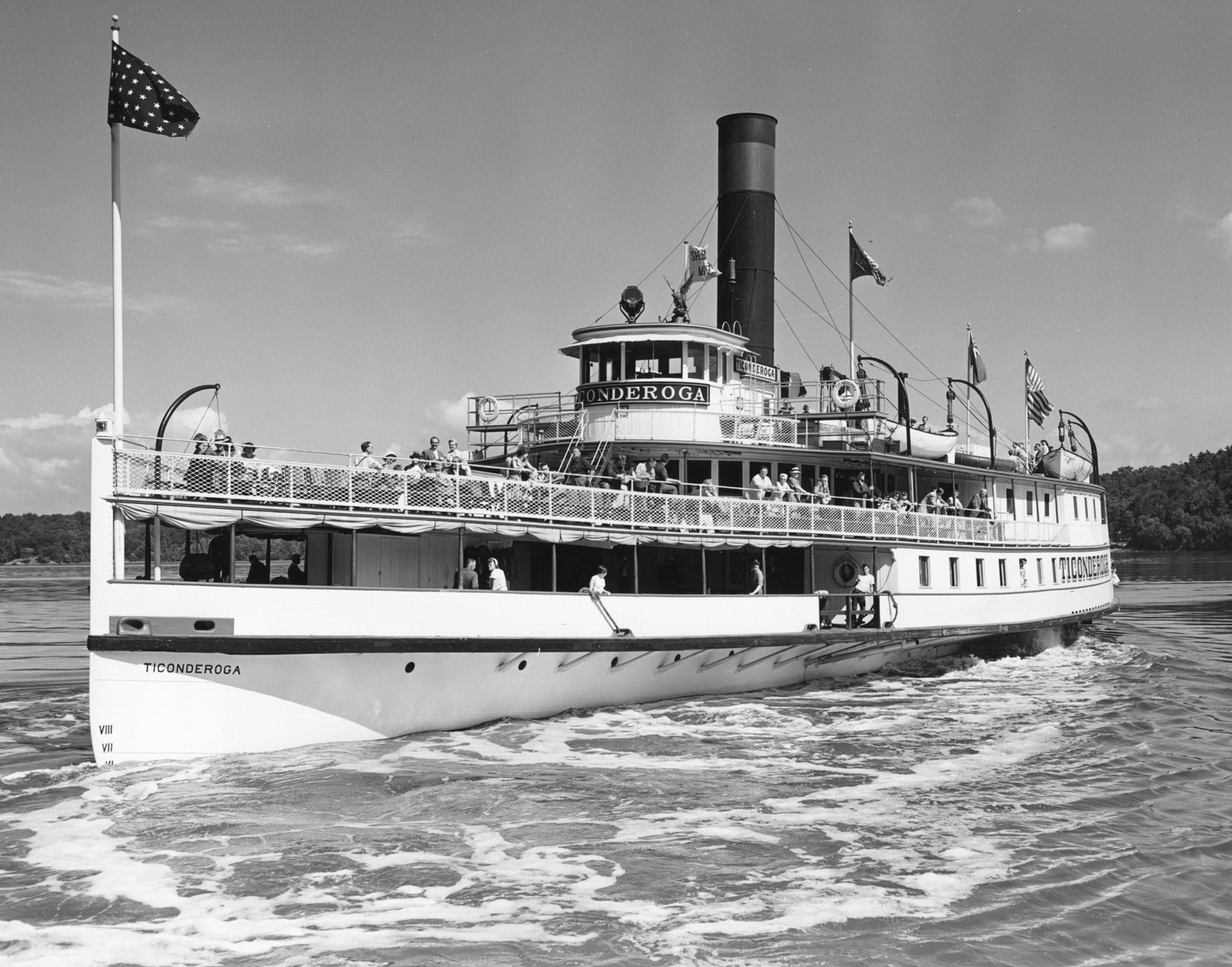
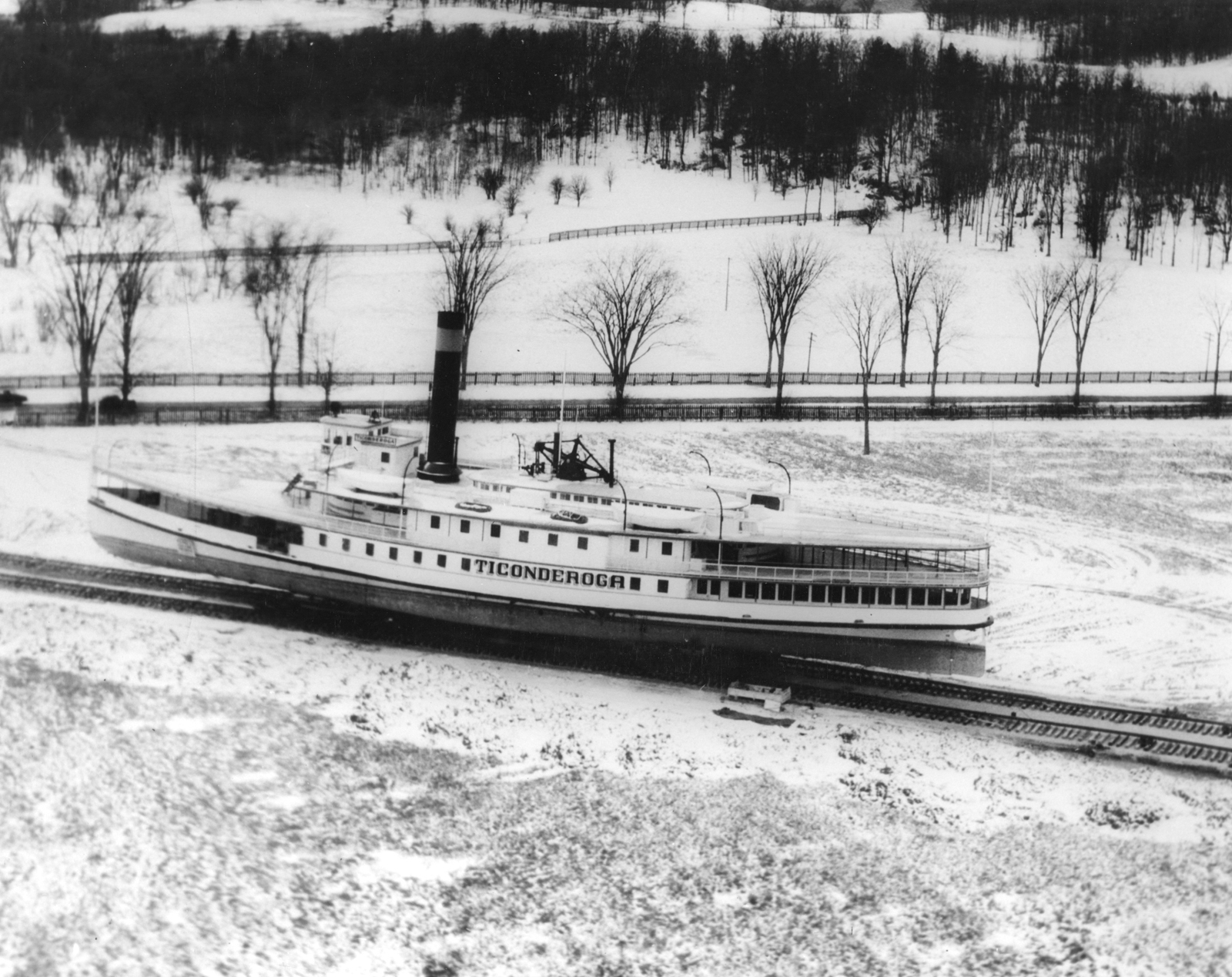
…and the bizarre
Though the Gulf Coast riverboat casino is a thing of the past after Hurricane Katrina destroyed nearly all of them, there are curious examples in history of the floating casino. Take for example the old monitor Amphitrite, built in the 1870s with a few pieces of the Civil War ironclad Tonawanda incorporated. Amphitrite became a casino, then a floating hotel and apartment building, finally ending up a floating barracks during World War II.
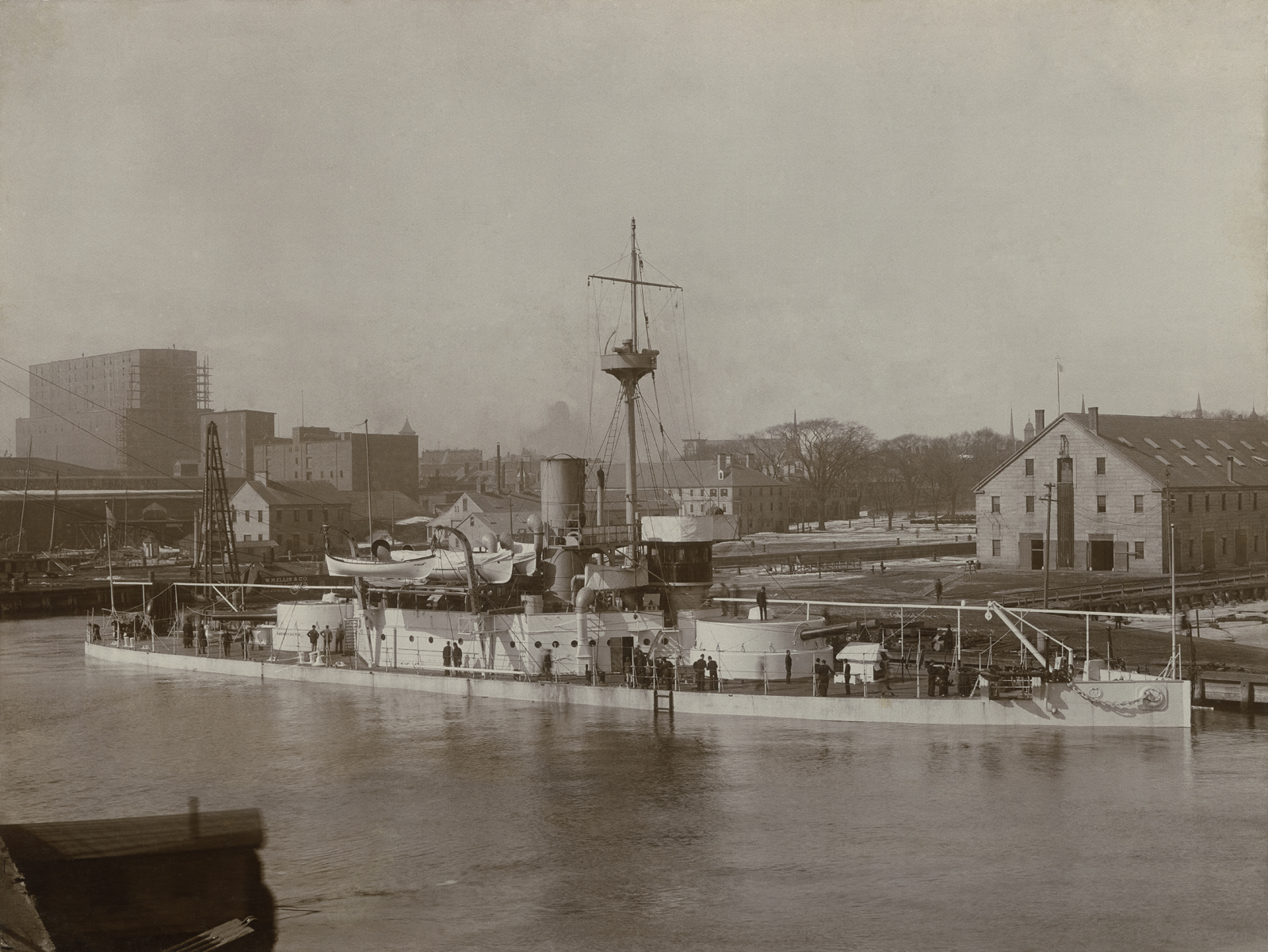
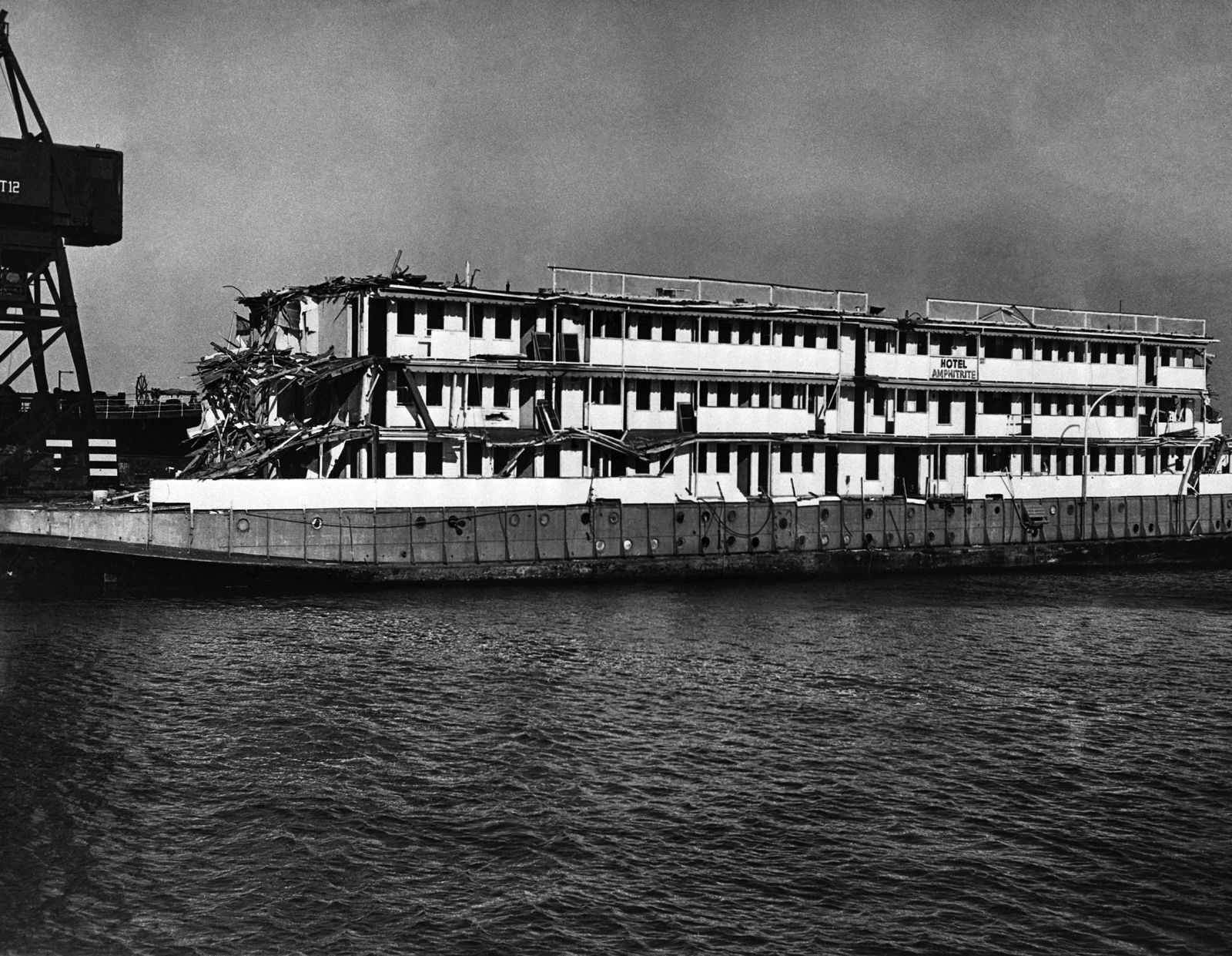
Then there are ships that become floating office buildings. Here is the grand lady of the Hudson, the old Hudson River Day liner Robert Fulton, built in 1909. In the 1950s the Day Line sold her foreign to a lumber company in the Bahamas. There she served as a floating office building for them with apartments for employees.
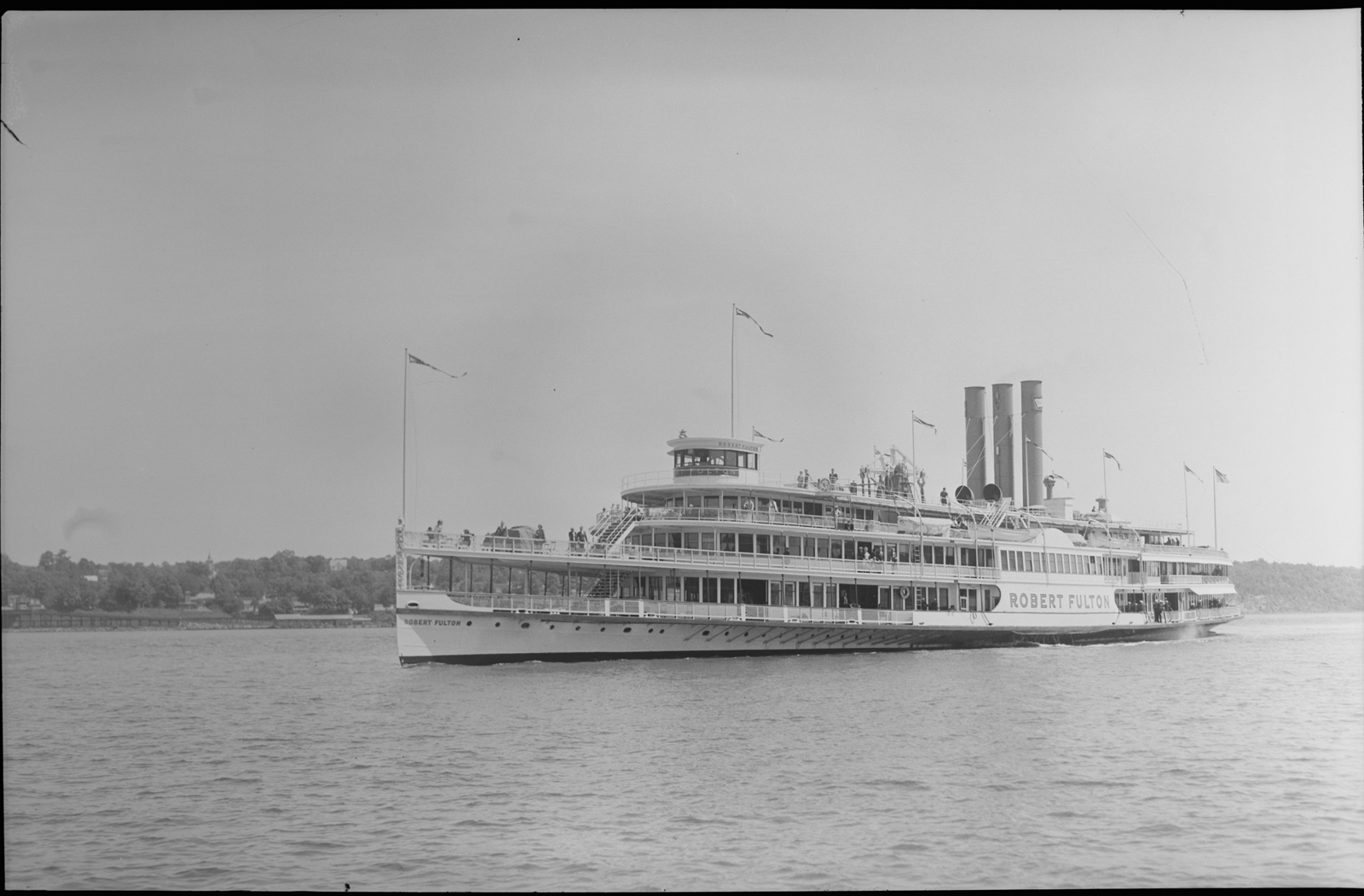
Fish out of water
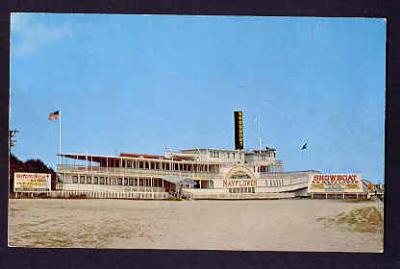
Of course, many repurposed ships are merely hauled out of the water to become something else entirely. One I talked about last spring in a blog post was the former Nantasket Beach steamer Mayflower. The chairman of the Hull (MA) Selectmen bought her, and a combination of semi-tractors and tugboats pushed her onto the beach. Her owner then made her into a dance club and restaurant on the beach (Boston Globe, Feb. 14, 1949).
Repurposed for the deep
Then there are ships that end their days below the waves serving as artificial reefs, intentional objects of target practice or scuttling. Here is the last of the Hudson River steam double-ender ferryboats, the Elizabeth. The State of New Jersey’s Department of Environmental Protection scuttled her along the Cape May reef for that purpose.
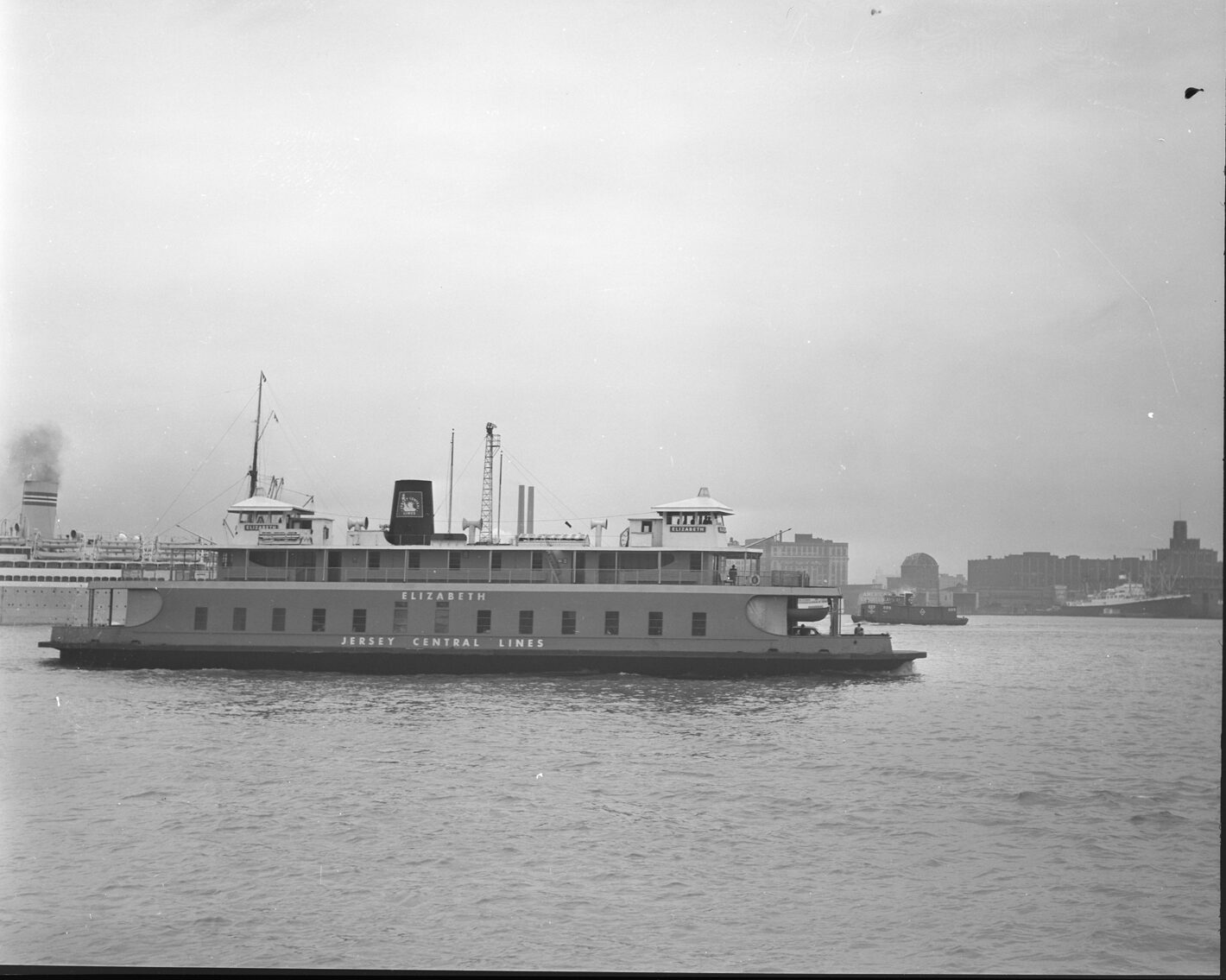
Closer to home are the remains of 6 Liberty ships that MARAD took out of the Ghost Fleet in the James in the 1970s. The Virginia Marine Resources Commission scuttled them to become Triangle Reef off the Virginia Capes, and Parramore Reef off the Eastern Shore. Many of them are just as beautiful to behold now, covered in marine life of all sorts, as when they lived above water.
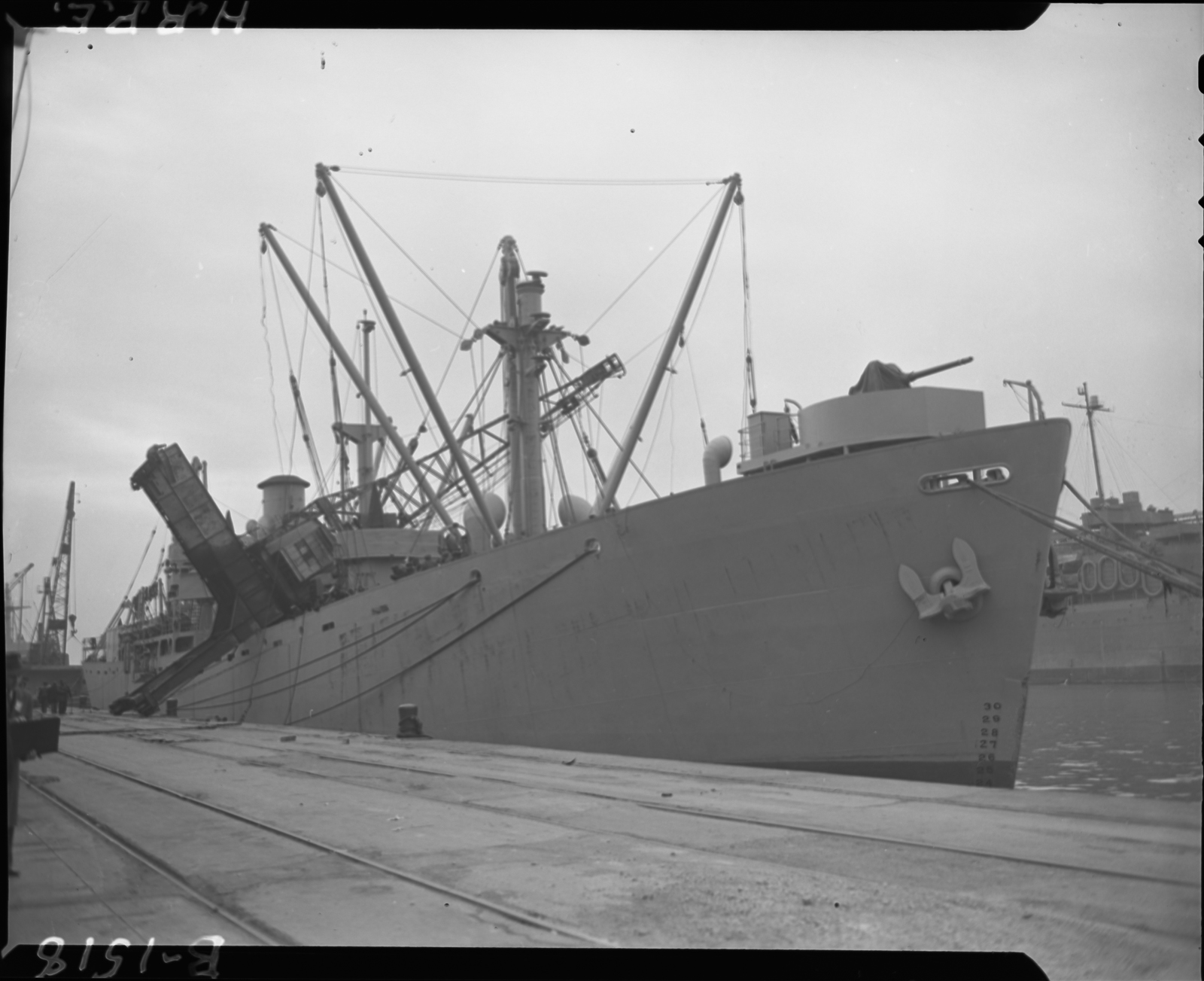
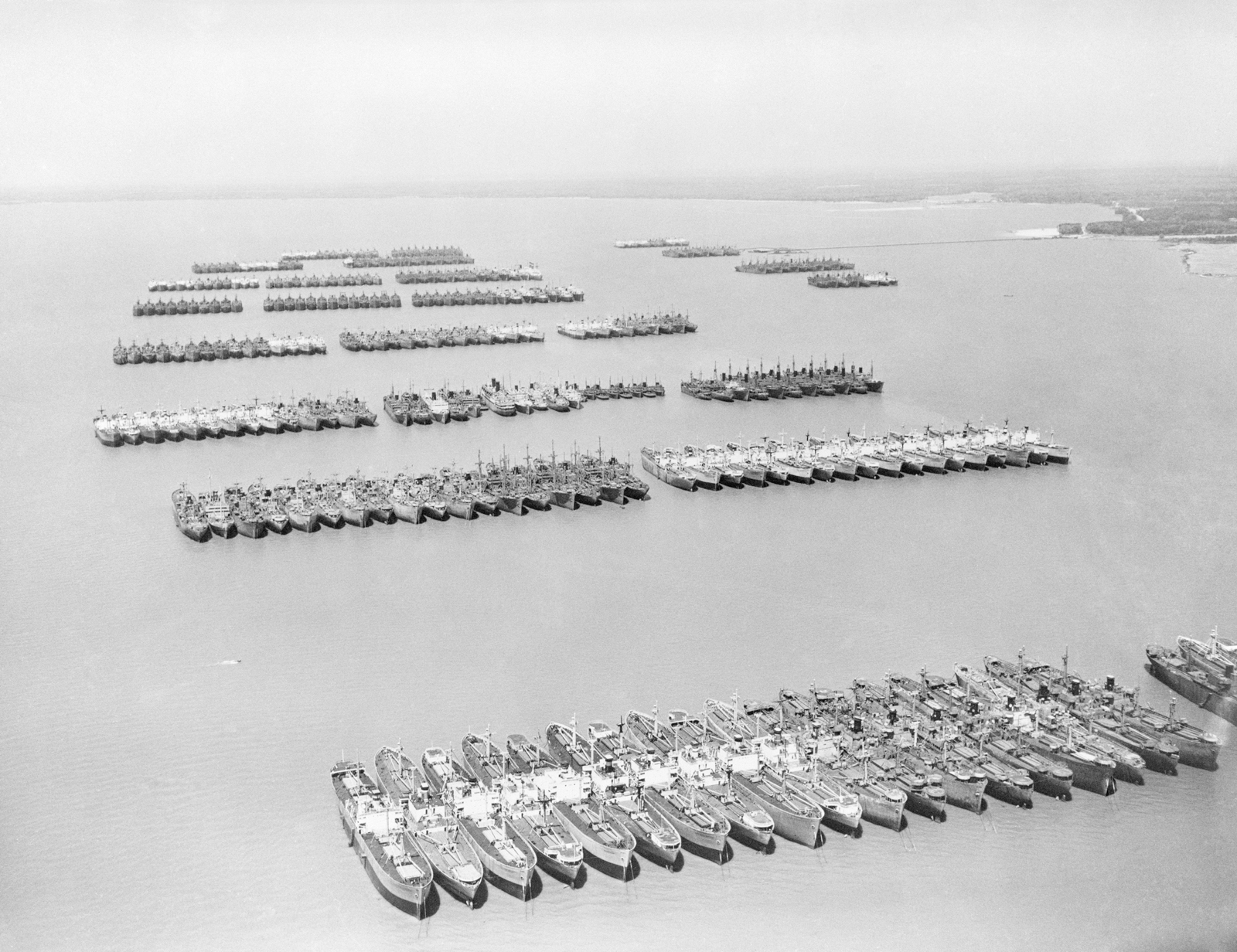
We should also mention here the ghost fleet at Mallows Bay-Potomac River National Marine Sanctuary, currently the newest National Marine Sanctuary. The company that owned these ships as World War I surplus stripped them and burned them just to get rid of them. Now the ecosystem that thrives on these hulks is glorious!
So many of them!….
For every one of these former ships I have mentioned, there are probably dozens more just like it. I invite you to write in with more examples! Each of these ships has a history, each has touched someone in a personal way. You may have sailed on her, you may have dined on her, your parents may have dragged you aboard as a kid! But these experiences are one way we know that all of us have a connection to the world’s waters. What’s your connection?